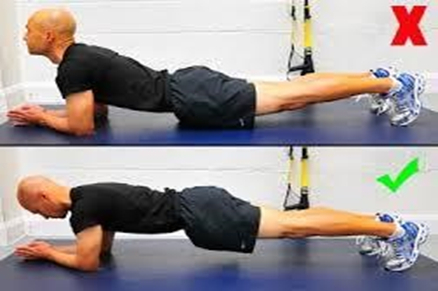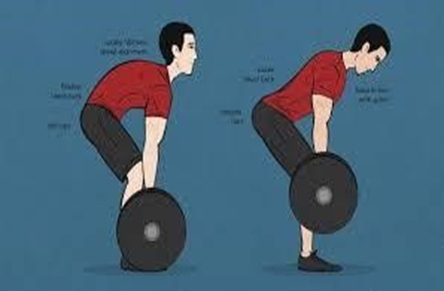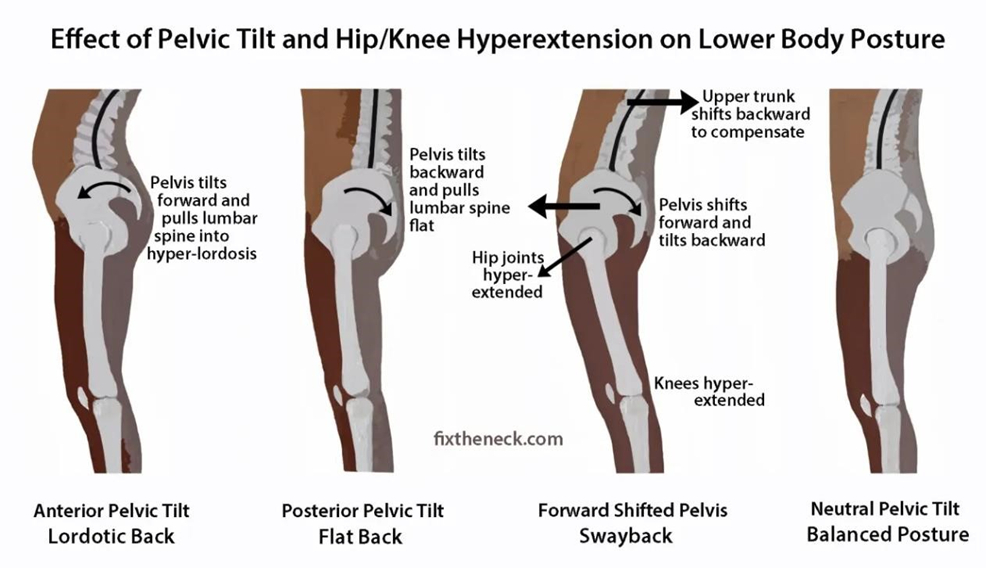Everybody seems to be talking about training and strengthening the core. People hit the gym with high hopes of building core strength but in many cases end up planking, deadlifting, and crunching their way into more pain, compensation, and dysfunction. There is a saying,
“An exercise is only as good as the body you bring to it.â€
Although exercises such as planks and deadlifts are effective core exercises, when you bring a body that’s out of alignment to any exercise you may just be strengthening dysfunction.


Most people don’t correlate compensation and dysfunction with a strong core, so the question remains:
“How can we properly train the core to and what truly defines a strong core?”
First let’s begin with what constitutes the core. Many well-meaning people are told they have a weak core and begin to work on their abs. Sure, the abdominals are part of the core, but so are all the other muscles that attach to the pelvis. In fact, the hamstrings, adductors, obliques, and gluteal muscles are also considered core muscles. If you look at Thomas Myer’s dissection of the human body below, you can see how the fascia running through the core connect throughout the entire body.

When people think of strengthening the core, they often consider Pilates. Joseph Pilates created a series of exercises, many in which he instructs drawing in the stomach while contracting the transverse abdominis (TVA) and pelvic floor. His claim is this will help you maintain a strong core. In a Pilates class you will often hear instructors say, “tighten the core†or “engage your abs.â€

So, how CAN we maintain a strong core and a more natural and relaxed posture? Joseph Pilates was correct when he emphasized the importance of a “neutral†pelvic position. To maintain a strong and stable core, the pelvis must be in alignment so the relationships of the muscles surrounding the core can be at their resting length. However, you don’t create a neutral pelvis by constantly contracting the abs. You must re-align the anterior and posterior chains of the body, regain functional mobility of the load bearing joints, and restore the spinal curves. When we re-balance the muscles and realign the joints, this is what provides a solid and stable foundation from which we can build true strength. With this proper alignment, functional mobility, and increased stability, the core muscles will be in balance without conscious effort.
To question this idea that we all need to draw in our stomachs for a strong core, we can look at the research of Stuart McGill, one of the leading sources on back pain. He has demonstrated that drawing in the stomach during movement in many cases actually results in a destabilization of the spine and reduces spinal stability.
Although there may be a time and place for this cueing; it is not healthy or realistic to focus on a constant state of engagement and rigidity. Take a runner for example who looks tight and rigid; do they look as efficient as one who looks relaxed and fluid? Another example is a martial artist who can kick, punch or chop things in half while appearing relaxed. And how about toddlers? Do you think they constantly engage their abs, yet, they typically have very fluid and functional movements.
Joseph Pilates maintained that for optimal core strength and stability we should focus on stabilizing and strengthening the TVA (transverse abdominus). Having a strong TVA is important; but the strength and stability of the TVA is actually dependent on the position of the pelvis and ribcage.
One of the main functions of the TVA is to compress the abdominal cavity; in other words, the TVA should be used when pushing, such as when you’re birthing a child or having a bowel movement. Consequently, unless you plan to poop or go into labor the next time you are training your core, focusing primarily on the contraction of the TVA may not be the best approach for gaining true core strength.
So, how CAN we maintain a strong core and a more natural and relaxed posture?
Joseph Pilates was correct when he emphasized the importance of a “neutral†pelvic position. To maintain a strong and stable core, the pelvis must be in alignment so the relationships of the muscles surrounding the core can be at their resting length. However, you don’t create a neutral pelvis by constantly contracting the abs. You must re-align the anterior and posterior chains of the body, regain functional mobility of the load bearing joints, and restore the spinal curves. When we re-balance the muscles and realign the joints, this is what provides a solid and stable foundation from which we can build true strength. With this proper alignment, functional mobility, and increased stability, the core muscles will be in balance without conscious effort.

The question now remains:
“What constitutes proper alignment?”
If you were to build a structure, you would stack each brick one atop another to create stability, correct? Yet when you look at many people, their head sits forward of their shoulders, their hips are forward of their ankle, their shoulders are in front or behind their hips, and in many cases, there are multiple imbalances and rotations side to side. This is no longer a state of strength and stability. If the bricks of your building were aligned in this fashion, it wouldn’t take long before the structure fell apart. Think of it like a car that’s out of alignment, at some point you will begin to see wear and tear.


The takeaway here is pain, lack of core strength, and dysfunctional movement can stem from a variety of factors and holding in your abs isn’t going to solve the problem. What causes the pelvis to lose its neutral alignment differs from one person to the next and the muscles that need to relax or engage in order to restore alignment may not be the same for each individual.
“Do you think the same exercise prescription would apply to each of these body types to
reestablish functional alignment?”

“One exercise does not fit all, and each exercise is only as good as the body you bring to it”
Planks, crunches, squats, lunges etc. are all GREAT exercises and we SHOULD strengthen these movements, but if we do so on a misaligned body with compensatory patterns, we may only be adding to pain and dysfunction.
There is no quick fix for better posture and movement, yet a balanced body is completely obtainable and within your reach. You can search for the next gadget, doctor, class, or therapist who “claims” they will fix you; however, please don’t let yourself be misled. A healthy structure requires self-awareness, good movement habits, and the proper stimulus to realign the body, which will differ from one person to the next.
There is no magic exercise that will re-align everyone, but with increased awareness, education, dedicated work, and an optimistic attitude, the solution to regaining proper alignment and movement is completely attainable.
Lisa Decker M.S.
CPT, PAS, CES, PES, CAMQ
For more information on how you can begin your journey toward an aligned, functional and
pain free body visit my website at:
www.alignedfit.com or email lisabethdecker@gmail.com.
